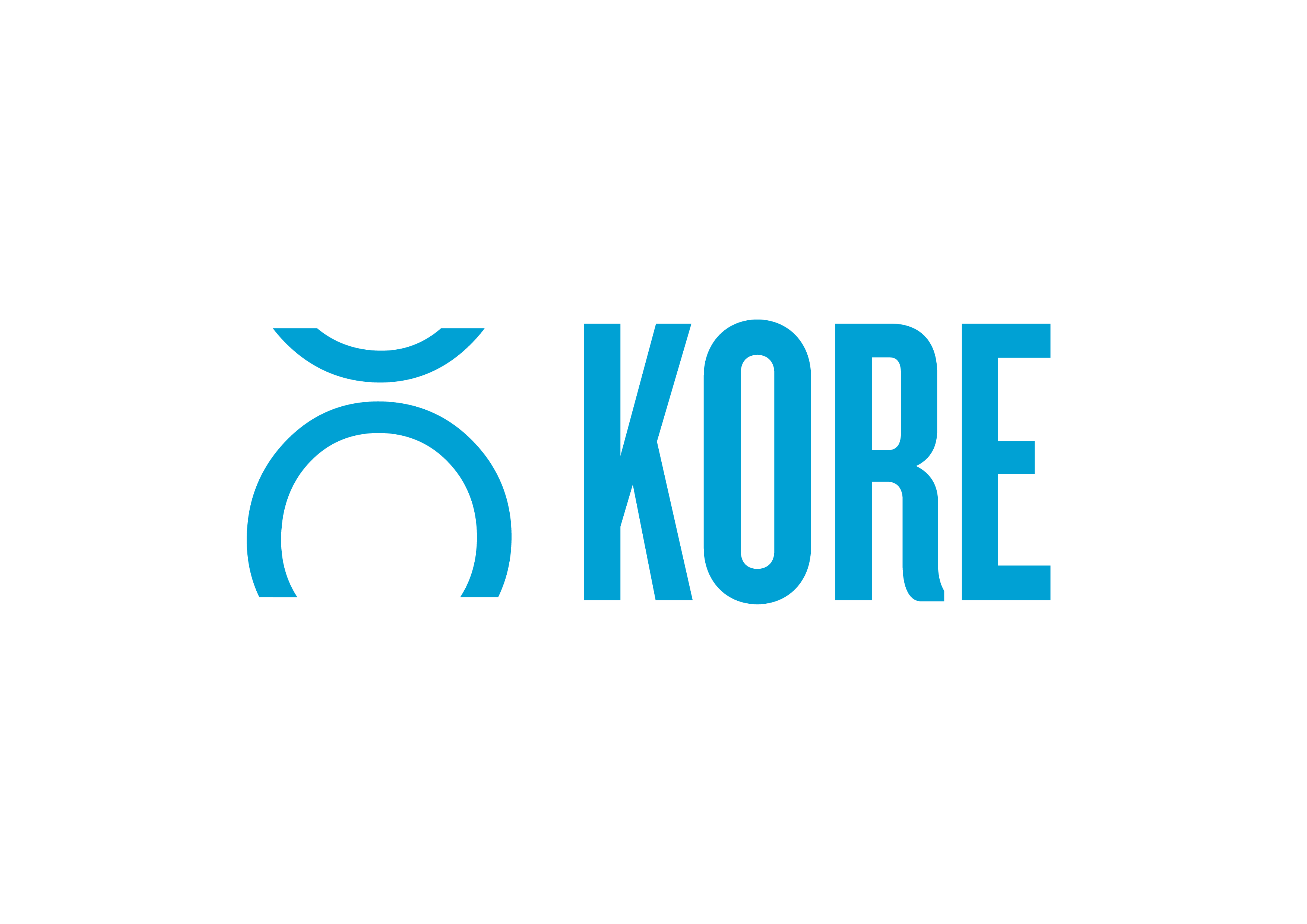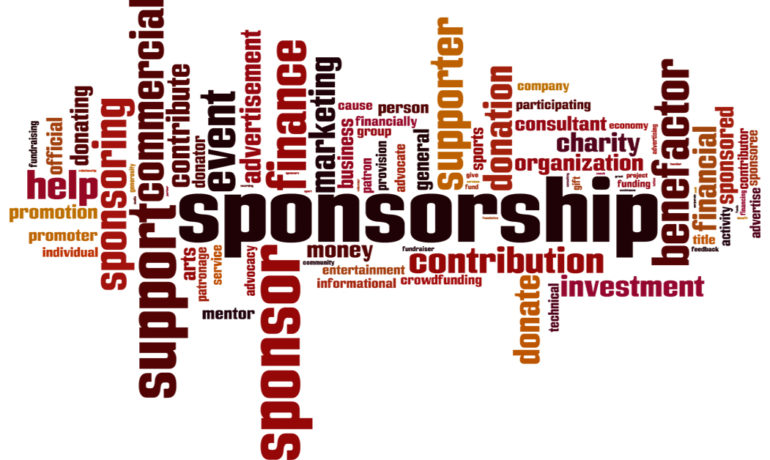Top 4 Sponsorship Activations in 2021
Throughout 2021 we were slowly introduced to pre-pandemic times. Sporting events and other forms of entertainment opened their gates with limited capacity, all the while most fans still watched from home. Teams, brands, and other stakeholders needed to embrace creativity, thinking outside the box to engage with fans beyond traditional activations that proved successful prior to 2020. Reflecting on the hurdles of 2021, we’re here to focus on some of the greatest hits of sponsorship activations. Here are some of our favorites from the past year:
1. “Dude With A Sign”
An original, in-person activation for Super Bowl LV. For those of you not familiar, “Dude With A Sign” is a social media influencer that brings humor to normal day-to-day activities by silently holding a sign with a typically ironic message. This activation included one of the oldest assets known to sponsorship, a sign in the venue. By partnering with Bud Light, Dude With A Sign brought a traditional asset to the 21st century by leveraging social media and a popular meme. People took to Twitter with either humor or annoyance that the Dude “sold out”. There was also an Instagram post from the Dude’s account with a shout out to Mom and thanking Bud Light for the tickets and seltzers. The Dude had two signs with no direct mention of Bud Light but with seltzer in hand and a Bud Light branded mask, consumers were able to put two and two together. With over a million likes on Instagram, the Dude and Bud Light were able to reach more than just the 25,000 fans in attendance.
2. Mixed Reality
The Baltimore Ravens broke the creative bounds of reality in 2019 when they introduced a mixed-reality giant raven swooping through their stadium. Given this was virtual reality, the massive raven was only viewable by the TV audience and those watching the video boards in the stadium. Since then, several teams have joined the trend to give their intro videos and touchdown celebrations an extra punch for the viewers at home and the stadium. The Houston Texans brought this creativity to their partnership with Kroger in 2021 with a crowd favorite video board race. Instead of being constrained to the video board, the activation encompassed the entire stadium, making it larger than life for a typical in-game promotion.
3. Name, Image, Likeness (NIL)
We would be remised if we didn’t mention the opportunity for college athletes to profit from their name and likeness. It has been a perfect scenario for local businesses to partner with college athletes without paying the typical university partnership price tag.
We’ve seen some great partnerships ranging from University of Pittsburgh’s QB, Kenny Pickett, taking his Offensive Line to a weekly hog dinner courtesy of his deal with Spirits & Tales restaurant. Most recently, NCAAW basketball star Paige Bueckers out of UConn signed an historic deal with Gatorade, being the first college athlete ever to sign with the sports drink.
A fan favorite (or least favorite depending on fandom) is also a late comer in the season, as it has the perfect mix of an under-dog story and the swift cleverness required to create an impactful partnership. Jared Casey, a walk-on full back at the University of Kansas, gained internet notoriety after catching a pass on a two-point conversion in overtime to give Kansas its first win in Austin to defeat the Texas Longhorns. Thanks to Casey’s parents’ posting their video from the game, where they weren’t even sure it was their son who caught the touchdown, the Thrive Restaurant Group immediately jumped on the fame. Within 3 days Casey was filming his very own Applebee’s commercials promoting there “2 for $22” deal with the classic line “You’ve always got to go for two.”
4. Starbucks is a hometown team
In 2021 Starbucks announced partnerships with two of their hometown teams, NWSL’s OL Reign and the NHL’s Seattle Kraken. Starbucks wants to leverage these partnerships to make a positive impact within the community. Starbucks is the presenting sponsor for the OL Reign’s Legends Campaign, which “recognizes a female leader in recognition of her extraordinary contributions to [the] community and beyond. Reign Legends are selected from corporate, non-profit, academic, athletic, and civic organizations with a presence in or ties to the Pacific Northwest.”
For the Kraken, Starbucks is it’s Community Impact Partner to “help strengthen the community and advance inclusion and equity in Seattle…The partnership will focus on addressing the related, critical needs of access to resources and opportunity for young people.” With two major local partnerships Starbucks shows consumers that they’re more than a latte by continually investing in their community.
Brands and rights are leveraging technology and creativity more than ever to reach their fans and followers. As audiences are more demanding on how they consume content, we are excited for how future activations will continue to evolve.

KORE is the global leader in engagement marketing solutions, serving more than 200 professional teams and 850+ sports and entertainment properties worldwide, providing practical tools and services to harness customer data, facilitate sponsorship sales and activation, and create actionable insights.




